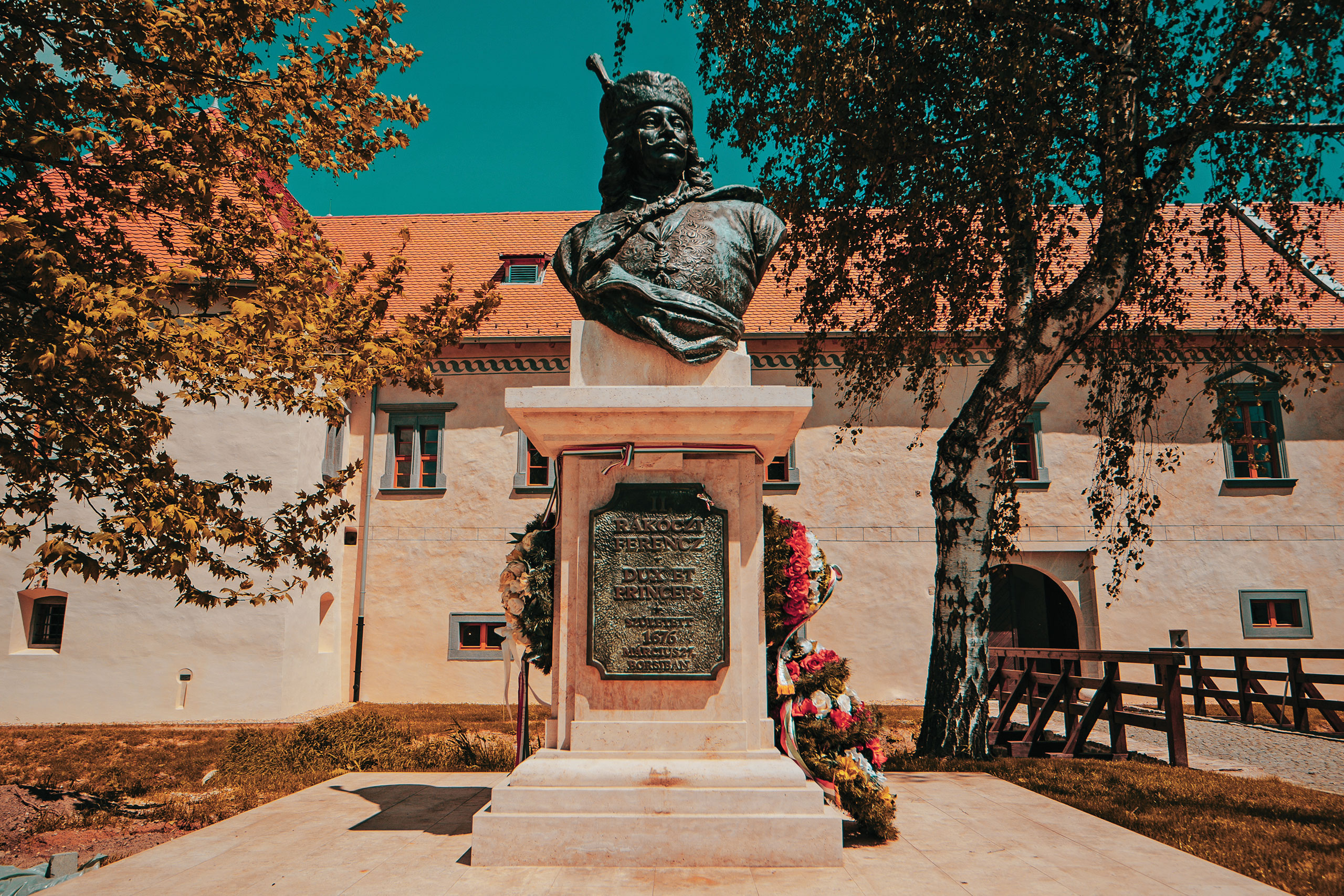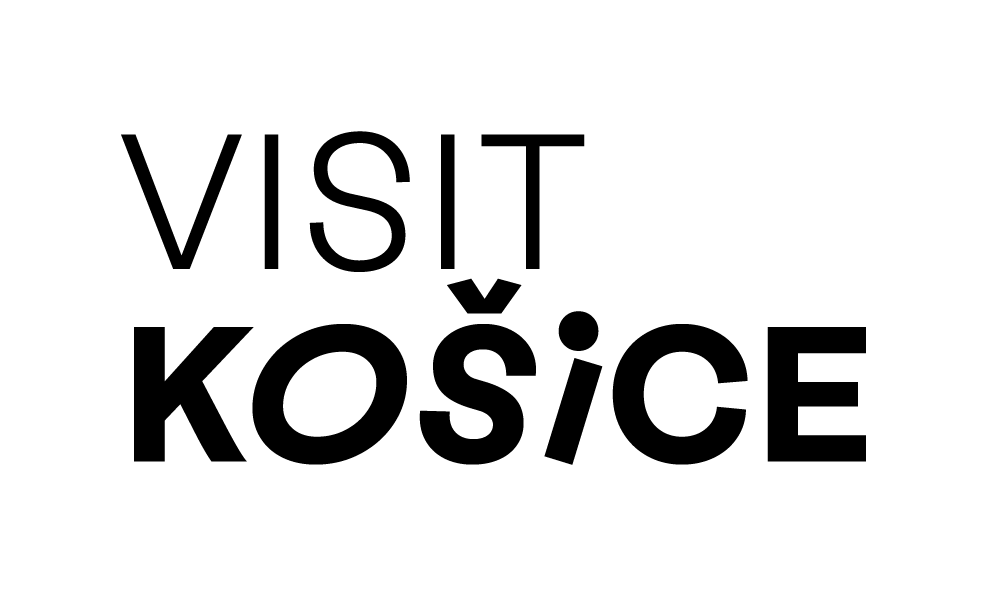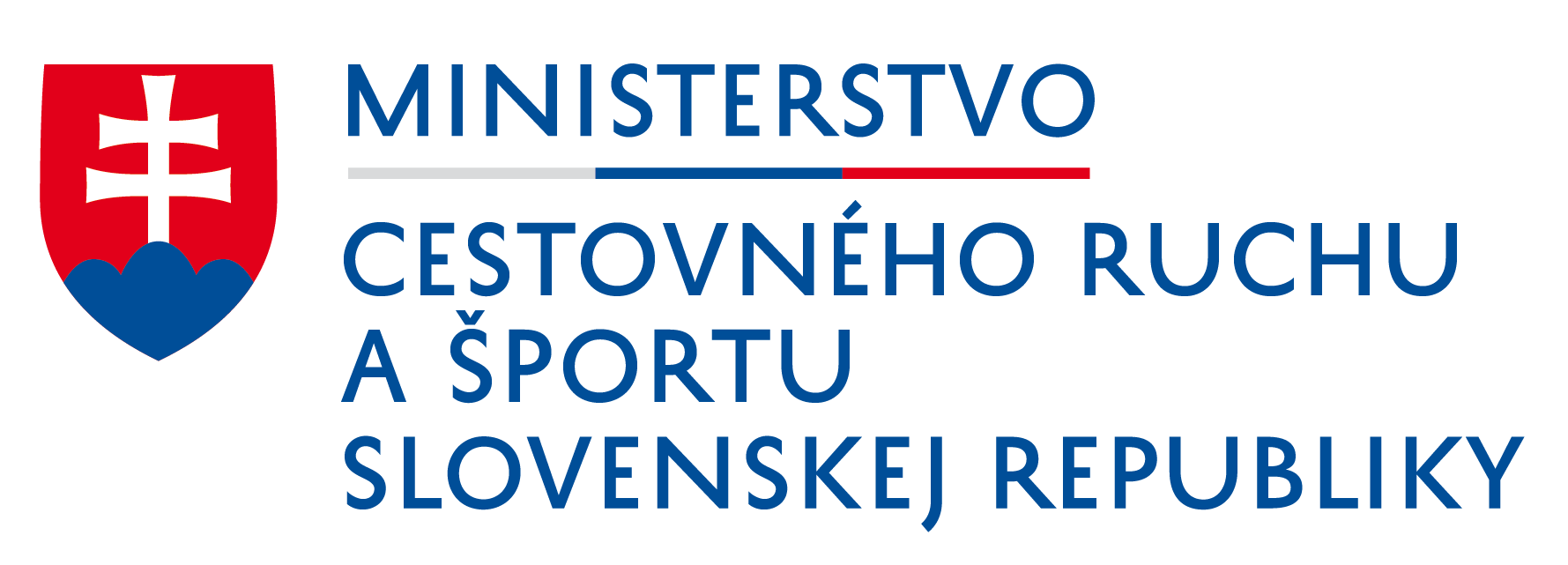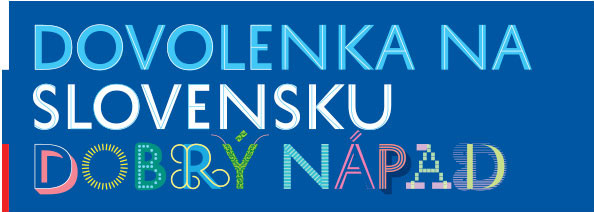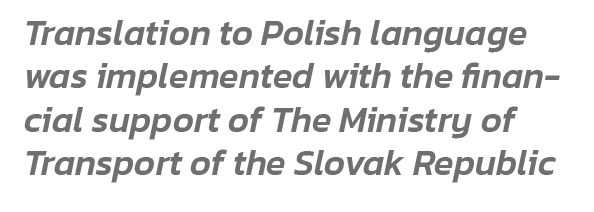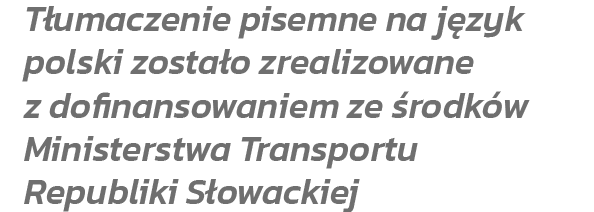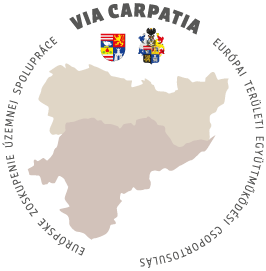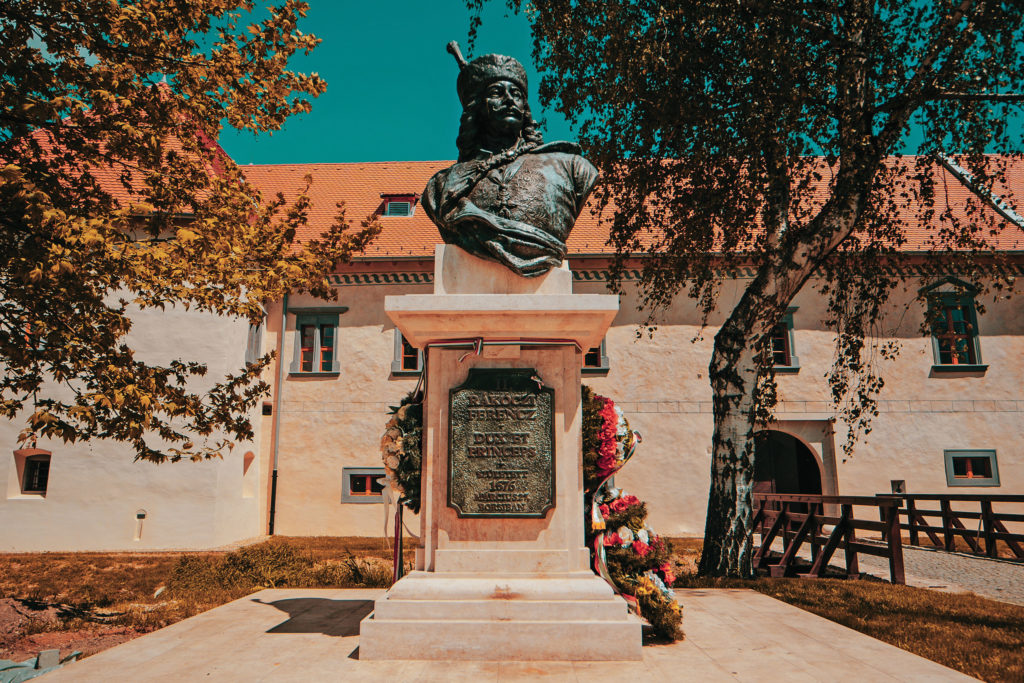
1. Smooth crossing the border
Direct train connection
Make yourself comfortable in the train carriage and enjoy the train express with stops in the history and life stations of the most famous rebel in our history. Francis II Rákoczi led the last and largest of a series of anti-Habsburg uprisings. When, at the age of 18, he became the Count of Šariš in 1694, he intended to elevate the region entrusted to him economically and culturally. He knew its beauties, and what he dreamed of in his most secret dreams was undoubtedly a quick and convenient train connection between the places associated with the Rákoczi family. He himself would have stayed in Košice more often if he had had such a comfortable train ride at his disposal. There are a number of educational institutions, streets, squares, natural and cultural-historical monuments named after him, located not just in Slovakia and Hungary, but also throughout Europe, and even in the United States. Well, get on, let’s go. An inseparable stop will be in the village of Borša located a few kilometres from the border crossing Sátoraljaújhely-Slovenské Nové Mesto. Near the manor house in Borša beyond the borders, we will find beautiful monuments named after the prince. Rákoczi Spring above Regéc is located not far from Rákoczi Stone on the Nagy-Bekecs slope. There is another Rákoczi spring above the village of Hollóháza near the Nyíra stream in the forest. Between the villages of Makkoshotyk and Újhuta in the middle of the forest, there is one of Rákoczi’s wells. Hiking enthusiasts may sit under the Rákoczi Tree in Károlyfalva.
Train connections and tickets may be found HERE.

2. Creating your own coat of arms in the mansion
The mansion in Borša is the birthplace of Rákoczi
The village of Borša and the pearl of its Renaissance architecture shines on the route map – the Renaissance Rákoczi Mansion cordially awaits those interested in culture, history enthusiasts, gourmets and, last but not least, every visitor who comes here for meals or accommodation. One of the rarest historical findings is the fact that on 27 March 1676, the future leader of the last anti-Habsburg uprising, Francis II Rákoczi, was born in this manor house. There are memorial rooms of the period, which seem to have been cut out from ancient times. The local exhibitions show the life and work of Francis II Rákoczi, the history of the Rákoczi family and the history of the manor house itself. A number of Renaissance-decorated windows were typical of the manor. These windows as well as the doors are still preserved. So, look through them, step through the door through which Francis II Rákoczi walked out so significantly into our history.
Virtual reality
Get right in the centre of history, in the first act – the time of the prince’s birth, the most important one in the history of this manor. The second act takes place several months after the birth of Francis II Rákoczi. It will take you oue to Helena Zrínska and little Rákoczi moving away. In the third act, you will become a participant in the siege of the castle and the battles for it. This will be an experience! In the fourth act, Rákoczi returns to the manor house as an adult, where you greet him with a holiday shot and a great treat as helpers greet the prince.
Escape room
Rákoczi got to Vienna’s New Town along with other insurgents against the emperor. It was clear to him: if he did not escape, the death penalty could not miss him, as he was imprisoned for high treason. He planned his escape properly. And you, as the participants in the game in the escape room, have to plan the escape of the prince. So, let’s do it!
Panoramic projection
In the screening hall with a capacity of 15 people, the films screened on screen with a 360-degree panorama. The 5-6 minute films are spectacular and informative at the same time, providing unforgettable moments for all the age categories. The funny animated film presents the life of Francis II Rákoczi, sitting in an unusual flying saucer, you may get to know the indigenous species of trees in the Carpathian Basin, you may fly over the well-known memorable places of Rákoczi. The film presenting Hungarian and Slovak circle dances is a real uniqueness, in which, sitting in the middle of the circle, you may once again admire the circle dancers.
Three births of Rákoczi
In the exhibition entitled Three Births of Rákoczi, in addition to the history of the manor house, you can get acquainted with the functioning of the manor, modern Europe and, of course, the Rákoczi family. You may follow the life of Francis II Rákoczi from the expectation of the child to the death of the prince in Tekirdağ, and last but not least, we will take you to monuments that are still closely connected with the worship of the hero. You may choose from a wide range of topics according to your wishes. The creative team of the Moholy-Nagy University of Art and Design in Budapest, with the participation of experts, dreamed of this interesting interactive exhibition, which you only may see here, on an area of 1,000 m2.
Restaurant
Did you like it here? Have you moved in time and forgotten in the past? It does not matter, feel free to sit down in the restaurant, which is located in a picturesque setting. Guests may choose from a variety of dishes, including traditional Hungarian gastronomy. They are waiting for all visitors here with a professional team, with many years of experience and excellent food. Enjoy traditional haláslé, potted bean goulash with smoked meat or roasted trout in a corn wrapper, which Francis undoubtedly loved.
Lodging
You will remain so enchanted and immersed in the secrets of Rákoczi’s life that the last thing you want will be to go back to reality. Therefore, choose from accommodation in 13 superior rooms named after brigadiers and three deluxe rooms, which are named after strong women from the Rákoczi family. The deluxe rooms are located in the historical part of the manor, probably in the then women’s wing, where Prince Francis II Rákoczi was also born. The rooms are entered through the cloister, from which there is a beautiful view of the courtyard. The foyer is equipped with a sofa where you may relax while reading, for example. From there, you may open the doors to 3 different deluxe rooms.
3. Taking a selfie with Francis II Rákoczi
Rodošto – exhibition of the East Slovak Museum in Košice, replica of the memorial house during his life in exile
Boarding, we are going on, we are travelling in time comfortably and quickly, all the way to Košice. The city is only an hour’s drive from Borša. In every station, in every remarkable place, remember to take a selfie, this time a unique selfie with Prince Francis II Rákoczi. The historical map of the common past also features a unique Košice Rákoczi monument – the Memorial House of Francis II Rákoczi, the so-called Rodošto. His turbulent life interweaves and reflects the dramatic destinies of Central Europe and its nations. The first exhibition in this building situated in the area of Katova Bašta (Executioner’s Bastion) in the courtyard of Hrnčiarska Street was opened by the East Slovak Museum in 1991. The current form of the exhibition dates from 2013. It evokes the milieu in which Francis II lived. Rákoczi and his companions in exile in the Turkish town of Rodošto, located below the Tekir Dag Mountains on the shores of the Sea of Marmara west of Istanbul. The exhibition introduces visitors to the person of Prince Francis II Rákoczi, his life and death in exile, the transport of his remains and a ceremonial funeral in Košice in 1906. The dominant feature of the Memorial House is a large dining room, several parts of which were allegedly made and decorated by Rákoczi himself. The exhibition is complemented by period weapons, engravings, works of art – family portraits of the Rákoczi family and watercolours from Turkey, demonstrations of insurgent coinage and medals, Turkish period furniture, objects from the personal property of the Rákoczi family, as well as objects related to his death and funeral in Košice.
4. Travelling in time
St. Elizabeth’s Dome – the last resting place of Francis II Rákoczi
Rákoczi’s crypt in the St. Elizabeth’s Dome in Košice was established in 1906. The crypt, which now houses not just the remains of Prince Francis II Rákoczi, but also his mother, elder son, and his faithful servants. At the end of the crypt, there is a painting by Andor Dudits on Rákoczi’s life. The tomb of Francis II Rákoczi has been located in a medieval crypt in St. Elizabeth’s Dome in Košice for more than a hundred years. After the rehabilitation of Francis II Rákoczi, when Vienna repealed the imperial decree declaring him a traitor, preparations were made for the transfer of his remains to Košice, where they could be buried in a dignified place. The tomb was built after the approval of the transport of the remains of Francis II Rákoczi and his companions from Turkey, published by Emperor Francis Joseph. The funeral took place on 29 October 1906. The ceremony began at half past seven in the morning and Košice was filled with people from many places. The procession walked from Klobušnického (now Masarykova) Street and continued along Hlavná, where it ended at St. Elizabeth’s Dome. Even before the crowd moved, a volley of 24 cannons was fired and the bells of all the churches in Košice rang. In the sarcophagus of Francis II Rákoci, Helena Zrínska. and Joseph Rákoczi, there are two coffins. The Rákoczi’s one is made of cypress wood and his remains rest on a pillow filled with soil from Borša and Veľký Šariš. The cypress coffin is still stored in the second copper coffin. Helena Zrínska’s remains were also laid in a cypress coffin and in a copper coffin. In addition to copper, there is another smaller cypress coffin with a skull, one humerus, one femur, and five ribs of Joseph Rákoczi. Rákoczi’s sarcophagus is adorned by his princely coat of arms. On the sides, there are the coat of arms of Zrínsky and the coat of arms of Hessen.
5. Enjoying your coffee as a nobleman
Coffee in the Andrássy Palace (today’s Aida)
Well, you have already had haláslé and goulash, it’s time to sit in the palace and enjoy your coffee like a real nobleman! Few buildings in the historic centre have become unrecognisable since the end of the 19th century or have completely disappeared from the city map. The story of the houses on the corner of Biela and Hlavná streets is interesting. In particular, Andrássy Palace (Hlavná 81), which now houses the Aida confectionery, looked completely different. In its place, a much more modest building originally stood, which was owned by Count Dionysus Andrássy. Since the one-storey house with the underpass on Biela Street could not compete with the architecture of the palaces of the Dessewffy family or the Forgách family, the count decided to demolish it and build a new, much more ostentatious residence. The old “palace” began to be rehabilitated on 25 April 1898, and the construction of the new one was completed in a record short time – in the summer of 1899. On the plots of today’s Andrássy Palace, there were originally three medieval houses. In the meantime, the middle building was demolished and at the beginning of the 19th century the plot was not built-up. Two standing houses have been owned by Count Štefan Andrássy, a member of the Monaco branch of the family, since 1800. After 1830, the property passed to his son, Count Juraj Andrássy, who also pledged vacant land, so in 1841 there were already three houses. Between 1851 and 1856, the owner structurally connected them and unified their facade, thus creating an extensive palace building. In the modest palace, on 3 March 1823, Count Július Andrássy was born, later the Count of the Zemplín County, in 1848/49 the commander of the insurgent National Guard, later the Prime Minister of the Hungarian Government. He was a favourite of Empress Elizabeth, from 1871 to 1879 the Austro-Hungarian Minister of Foreign Affairs. Another owner, Count Juraj Andrássy, rented the house for housing and ground floor to various merchants. The three-storey building with an eight-axis richly structured main façade is built in the Neo-Baroque style. The construction was carried out by the companies of the Jakab family and Michal Répászky. The decoration of the main façade is accentuated by the plastic coat of arms of the Andrássy family, resting on the under-roof cornice. On the ground floor of the palace, there was a luxurious cafe with pool tables, which operated here until World War II. During the war, it was the seat of the fascist party of the Arrow Crosses. After the war, the Hornád Department Store was established here, and since 1970 the Food House has been established here. Aida Confectionery was established here in the 1990s. In 1982, the building was declared a cultural monument and was later reclassified as a national cultural monument.
6. Finding Budapest in the centre of Košice
My little Budapest café
On every trip, it is good to remember home, sweet home, and therefore the next station on the historic express route is one of the sweetest and most peaceful places in Košice – My Little Budapest cafe right in the city centre, where it lives with great gastronomy and drinks. Shortly after its opening, this company won the hearts of all its visitors in a hitherto unknown court. So enjoy at least a small piece of home with a big heart cafe, where in addition to fantastic desserts, selected coffee straight from Budapest and sitting by the climbing wall, you may come to the open air dance hall with bachata, salsa and kizomba.


